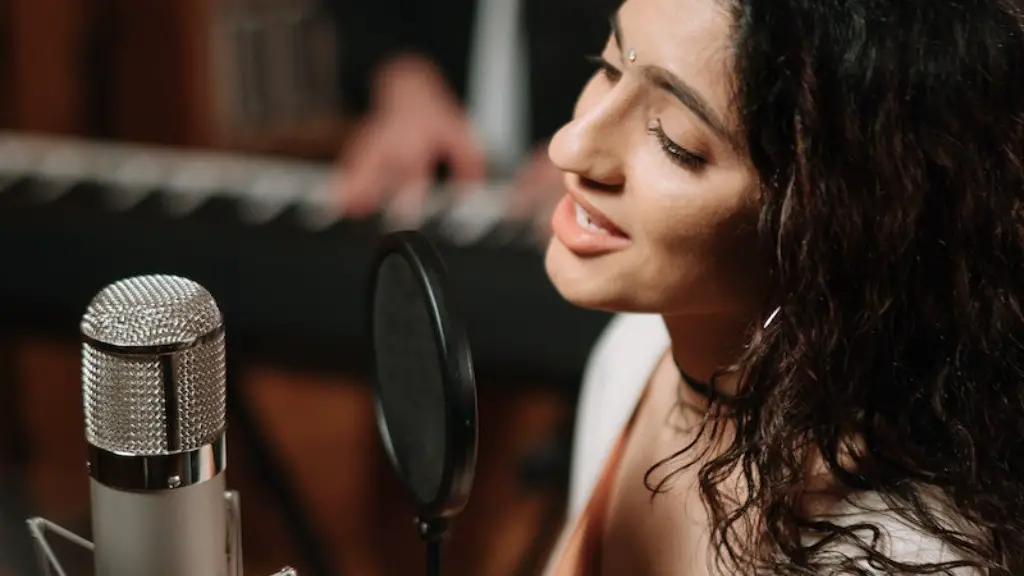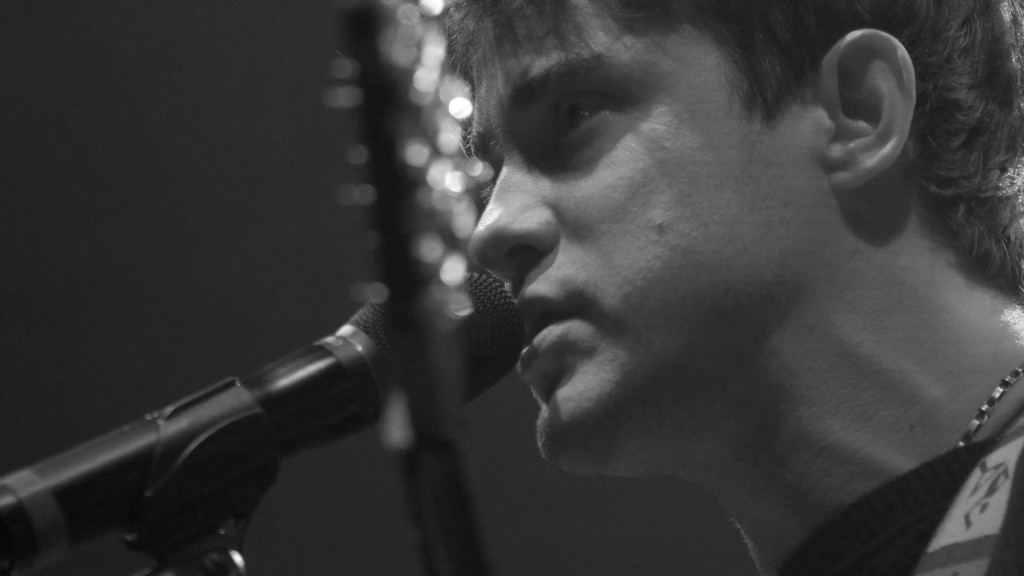Doodling crisp, wizened lines in your sketchbook is an art form – and it’s a lot easier than you think. Whether you’re drawing an elderly grandparent, a person you saw in the park, or an impromptu character, capturing an elderly person’s likeness is a great way to hone your skills. Here’s how to draw old people in just a few simple steps.
1. Capture the wrinkles
Old people are easily recognizable for their distinctive wrinkles. To add some age, outline a batch of slightly jagged wrinkles along the forehead, eye area, and around the mouth. Exaggerate them, making sure they look more like smile lines and less like cracks. Sketch some small wrinkles on the temple and around the eyes, as well as one faint line between the eyebrows.
Wrinkles don’t stop at our face, so be sure to incorporate some into the neck and arms. Draw two vertical lines from the ear to the chin and on the upper arms for a light, subtle effect.
2. Shape the eyes and mouth
Often, our eyes and mouth become much less expressive as we age. To express age, draw in a small, downturned mouth and droopy eyes. This can be done by sloping the eyes downwards and filling in the bottom half with small lines. For the mouth, draw a curved line to express a small pout.
To add depth to the eyes, draw large irises and the whites of the eyes. Use the whites to create an impression of tiredness – aim for more white towards the bottom, making the eyes look sunken. A pair of simple-to-create eyebrows works best here – draw in short, feathery strokes and make them shapely and curved, to represent age.
3. Color to perfection
Now it’s time to add some color! Color the eyes, lips, and eyebrows a natural shade, and fill the whites of the eyes in with a bright, crystal-white. For the cheeks, lightly blush them pink to add an extra romantic touch.
To bring your elderly character to life, add two or three crinkles to the skin. This doesn’t have to be too complex – just put down a few dots in strategic areas around the face, such as along the forehead and chin, as well as a few on the neck and arms.
4. Final touches
To give your elderly figure an extra pop, fill in the background with a calm, muted color, like a deep blue. Then, add some gray shadows to the wrinkles and around the eyes, eyebrows, and mouth.
To amplify the age of your elderly character, add a lot of details around the nose and lips. This might include extra wrinkles and lines over the cheeks, as well as a few gentle creases around the corners of the eyes and mouth.
5. Add some spirit
To create a truly captivating old person, add in a quirky personality trait or accessory. Draw in a cane, old-fashioned glasses, or bright, patterned shawl. Put down a warm smile, too – this will immediately give your portrait a lot of life and bring your elderly character to the foreground.
6. Trace your lines
If you want to perfect your sketch, lightly trace over the strokes with a black pen. This will make your wrinkles and lines appear more defined and give them a sharp finish.
When you’re done, you’ll have a bold, beautiful portrait of an elderly person that captures their personality and soul. By investing a few simple steps, doodling an elderly figure can be an enjoyable and creative experience that brings out your full drawing potential.
7. Make your sketch pop
To make your elderly sketch even more eye-catching, use vibrant colors and vivid lines. Add in some hotspots of light and color to catch the eye, as well as extra details that bring your portraiture out of the ordinary.
You can also use photographs and magazines as a reference, or do some research into classic techniques and Renaissance-style shading. Either way, you’ll be able to bring your elderly portrait to the next level with minimal effort.
8. Embrace the imperfections
Drawing an elderly person isn’t about perfecting every wrinkle and line, or making the face appear completely static in your sketch – it’s about adding an emotive and expressve touch to your piece.
Not every line needs to be perfect and fewmistakes won’t detract from your piece. Be bold, be creative, and bring your elderly figuresout of the black-and-white ordinary.
9. Amp up the realism
To make your elderly figure even more lifelike, draw in their hair, ears and neck. Give them textured locks according to their age, draw in their ear lobes and neck creases, and fill them in with creams and beiges.
To add depth and realism to your portrait, give your figure a subtle expression. Give them a wide, toothless grin, a gentle smile, or a slight scowl to draw more expression out of the face.
10. Get creative
Finally, bring your elderly figure to life with some creative and imaginative touches. Use vibrant outlines to add extra vibrancy and energy to the portrait, or add a few short lines to the face to give your drawing an extra-energetic feel.
When you’re done, you’ll have an artistic and captivating portrait of an elderly person that exudes excellent craftsmanship. With these easy steps, you’re sure to be able to draw old people just like a pro!

